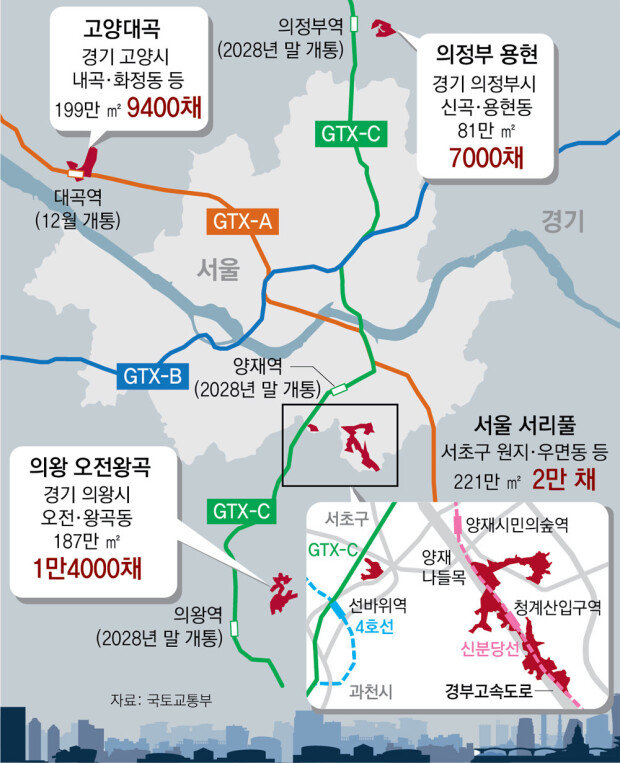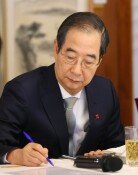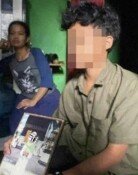Green Belt in Seoul to be released in 12 years
Green Belt in Seoul to be released in 12 years
Posted November. 06, 2024 08:29,
Updated November. 06, 2024 08:29

The government has announced the release of the green belt (development restriction zone) in Seoul for the first time in 12 years, with plans to supply 50,000 new housing units in four areas of the metropolitan region, including 20,000 units in Seocho-gu. This move aims to address the housing supply shortage by building homes in high-demand areas within 10 kilometers of central Seoul's Gangnam district and its borders.
The Ministry of Land, Infrastructure and Transport, along with Seoul City and four local governments—including Uiwang, Goyang, and Uijeongbu in Gyeonggi Province—revealed plans for four new housing sites on Tuesday. These areas will provide 54,000 housing units, spread across 6.89 million square meters. The sites include Seoripul District in Seocho-gu, Seoul (20,000 units), Ojeonwanggok District in Uiwang City, Gyeonggi Province (14,000 units), Goyangdaegok District in Goyang City (9,400 units), and Yonghyeon District in Uijeongbu City (7,000 units).
The goal is to designate the areas in the first half of 2026, with the first housing sales expected in 2029 and the first move-ins scheduled for 2031. In response to the country's low fertility rate, 55% (11,000 units) of the housing in Seocho-gu will be allocated for long-term rental housing aimed at newlyweds. Additionally, the government plans to announce 30,000 new housing units in other parts of the metropolitan area—excluding Seoul—by the first half of next year.
However, experts have pointed out the challenges of this mid- to long-term housing supply plan, noting that it will take at least five years to begin selling units and another seven years or more for residents to move in, making it an inadequate immediate solution to the ongoing housing shortage in central Seoul and the metropolitan area.
최동수기자 firefly@donga.com
Headline News
- Former commander's notebook includes potential plan to incite N. Korean attacks
- Constitutional Court to proceed with impeachment trial on Friday
- Deputy PM confirms next year’s under 2 percent growth projection
- Ukraine says Russia uses fake IDs to hide N. Korean troops
- Pres. Yoon refuses impeachment documents for a week






